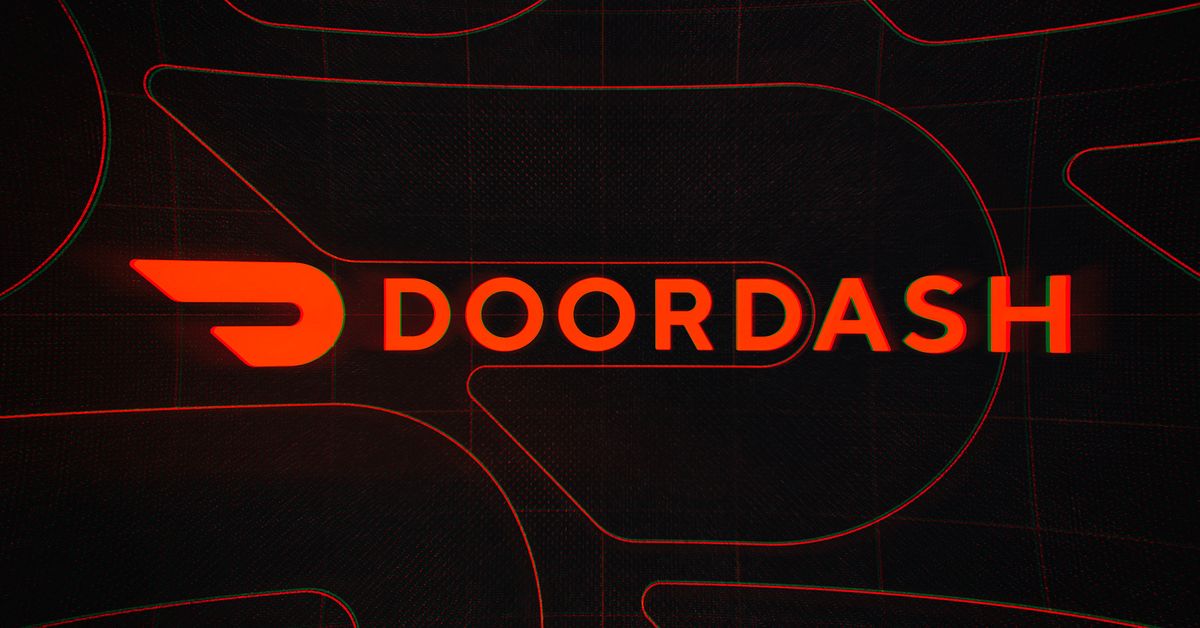
DoorDash is ramping up its on-demand delivery efforts with the launch of grocery delivery, starting with select chains in markets throughout California and parts of the Midwest. The move follows DoorDash’s push into convenience stores earlier this year and its recently announced DashMart virtual store for selling snacks and other food items and over-the-counter goods.
For now, DoorDash is working only with Smart & Final, Meijer, Fresh Thyme, and Hy-Vee, with Smart & Final only serving California customers in the Bay Area, Los Angeles, Orange County, Sacremento, and San Diego. Customers in Chicago, Cincinnati, Detroit, Indianapolis, and Milwaukee will have access to Meiher and Fresh Thyme, with support for Hy-Vee support coming at a later date.
Key to DoorDash’s ambitions in grocery delivery are its backend delivery platform, called DoorDash Drive, that it sells to existing chains (including huge grocery players like Walmart) to help power their own delivery systems, as well as the company’s promise of delivery windows as short as its standard meal order ones.
DoorDash Drive allows chain restaurants and grocery stores to create their own delivery systems (and throw their brand name on it), and the company says it’s using the same underlying technology to bring grocery stores’ large inventories over to its main app. That same platform is how chains like Wegmans are able to offer to-go meals and other prepared foods both through the main DoorDash app, where the store is treated like a any other restaurant, and through its own Wegmans2Go app that exists separately from the chain’s standard grocery delivery, which in most markets is in fact powered by Instacart.
DoorDash wants customers to order groceries as easy as they would takeout
DoorDash also wants customers to think of these orders like takeout instead of standard Amazon and Instacart-style delivery that typically happens in windows of scheduled time. (Amazon, Instacart, Target and others have been experimenting with quicker, same-day and even one-hour delivery, but it remains limited and restricted to which market you’re in and what store you’re shopping at.)
“We know that grocery shopping can feel like a chore, which is why grocery stores on DoorDash will be available on an on-demand basis — that means no scheduling required, no queues, no waiting,” the company writes in a blog post. “More than 10,000 grocery items, from dairy and eggs to local produce to fresh meat and fish, will be available for delivery from participating grocery stores in less than one hour.”
DoorDash can do this through a distinct model it’s set up with its partner stores. So DoorDash drivers won’t be shopping individual for orders, as most Instacart shoppers do. Instead, the company is working with a third-party firm that will hire part-time and full-time employees to work at the store, pick out items for orders, and prepare them for pickup. (Instacart has a similar model in some locations around the US, but it is not that platform’s primary way of organizing grocery orders.) That way, DoorDash can promise short delivery windows comparable to ordering takeout from a restaurant if you grocery order is small enough.
To help get the new service off the ground, DoorDash is even enrolling grocery delivery into its DashPass subscription service, which means those who pay the $9.99 monthly fee can get free delivery. “So whether you’re shopping for a week’s worth of groceries for your family or simply need a few ingredients to perfect your next meal, we are here to fulfill any of your grocery shopping needs conveniently and affordably in partnership with our grocers,” the blog post explains.
DoorDash is already the leading meal delivery platform in the US, beating out GrubHub and UberEats thanks mostly to its large footprint across the country and the number of restaurants and other stores its brought onto the platform. And by adding convenience stores and now traditional grocery stores, the company could be well on its way to becoming the de facto US on-demand delivery app.
